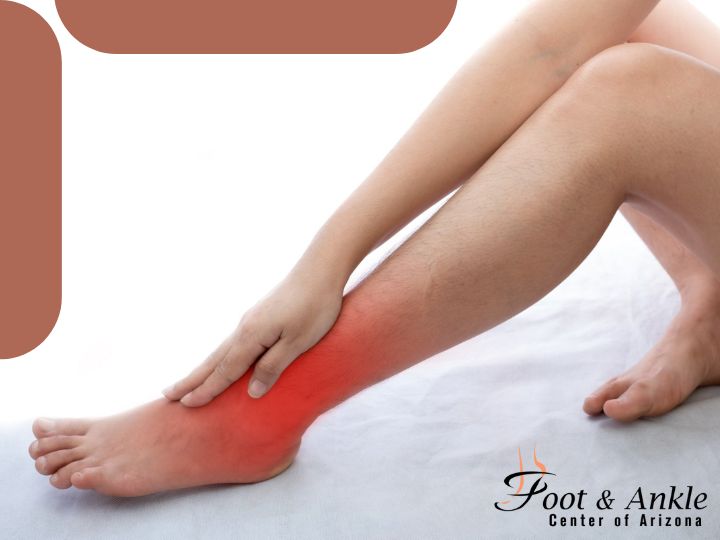Rashes on one’s feet can be attributed to numerous sources and may lead to itching and discomfort. The origin of a foot rash determines the method of treatment; thus, understanding the varied causes is paramount. Below is a breakdown of the different types of foot rashes, what generally causes them, and the various approaches to management.
Common Reasons for Foot Rashes
Eczema
One potential cause of foot rashes is eczema, known for causing intense itching. Eczema-afflicted skin may display inflammation, potentially leading to bleeding or blistering.
Allergies
Rashes may arise from allergic reactions to substances encountered. Materials used in shoes or external irritants like poison ivy can cause allergic rashes that typically itch and could develop into blisters.
Athlete’s Foot
A frequent rash on the foot is attributed to athlete’s foot, a result of a fungal infection. This condition commonly arises between the toes and is characterized by symptoms of itchiness, redness, and sometimes an unpleasant smell.
Identifying Fungal Rashes
A fungal rash will often appear scaly, can cause itching or a stinging sensation, and typically develops in the moist areas of the foot. If untreated, inflammation, cracking, and pain can occur, and the infection can spread.
Misdiagnosis Concerns
Overlapping symptoms can cause confusion between an athlete’s foot and conditions like eczema or psoriasis. A foot specialist or dermatologist typically conducts the crucial task of making the correct diagnosis for proper treatment.
Professional Diagnosis
A definitive diagnosis can be made once a foot and ankle surgeon examines the rash. After a diagnosis, the surgeon can propose the correct form of treatment.
Treatment Variability
Treatment is contingent on the cause:
- Eczema: Managed with moisturizing and anti-inflammatory creams.
- Allergic Reactions: Avoidance of the allergen, along with antihistamines or corticosteroids.
- Athlete’s Foot: Treated with either topical or oral antifungal medications.
For some infections, antibiotics or antiviral medicines might be necessary, while condition-related rashes might necessitate addressing the underlying disease.
Preventive Practices
Practicing sound foot hygiene is crucial in preventing foot rashes:
- Keep feet clean and moisture-free
- Use breathable footwear and moisture-wicking socks
- Alter shoes regularly
- Wear protective footwear in shared spaces
- Apply foot powders to minimize sweat
Final Word
The right diagnosis and management can effectively treat foot rashes. Seeking a professional evaluation is advisable if you experience a rash on your foot. Good foot hygiene practices are essential in preventing most foot rashes.
For further information on foot health, including rash management, visit the American College of Foot and Ankle Surgeons’ patient education site, arizonafoot.com. Acquiring knowledge of rash causes and treatments represents a positive step toward foot health.




